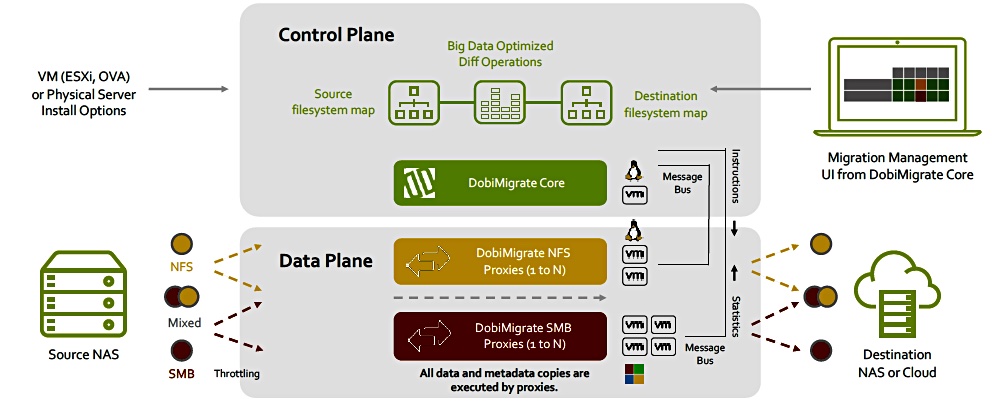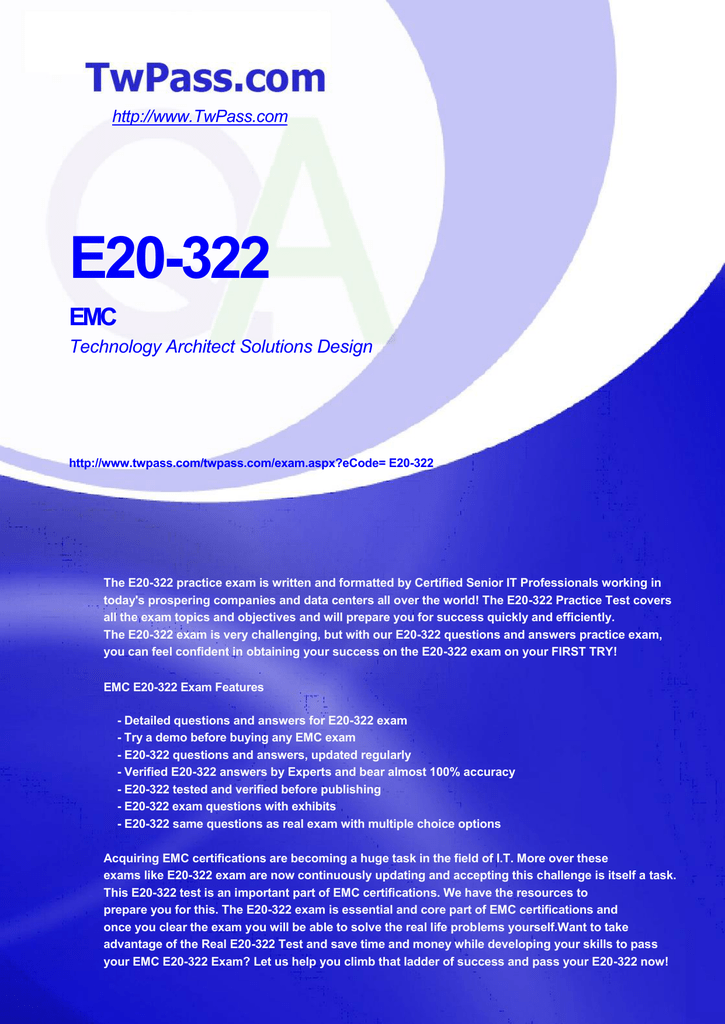

Reliable Data Migration Starts with Careful Planning Here are some conventional standalone NAS Migration tools: Storage giants like Dell/EMC and NetApp have been around a long time, and they have been adept at maintaining leadership in a continually evolving IT landscape.
#Rsync vs emcopy upgrade
Invariably, many teams must consider the extent to which they need to upgrade or replace their storage equipment.

A vast selection of storage vendors and products Infrequently, it’s also necessary to migrate data from old systems to new system when approaching capacity limits, or when the NAS systems approach their end of service life. This is partly because it’s tedious to maintain unstructured data such generic files systems, media servers, or NFS. Managing such vast amounts of data storage capacity that is largely dedicated to files involves significant effort. Many IT organizations manage NAS arrays that are constantly expanding in various ways all across their data centers.
#Rsync vs emcopy full
IT organizations that depend on network attached storage (NAS) need to have full confidence that the data will long outlive the storage on which it resides. When most of the data synchronizes to the target system, a short disruption is necessary for the final cut over. A phased approach to migration does an initial copy of all files that aren’t locked or open. NAS migration is about moving data quickly and reliably from one storage system to another while minimizing disruption to the users and applications that use the files. Let’s break down the fundamentals of what a NAS migration consists of. However, these tasks are critically important to the success of a reliable data migration and to continuation of business operations.

There are also many other tedious tasks, and some of those are difficult to execute effectively if there are many dependencies on the NAS system. It’s also vitally important to verify the accuracy of all the data after the migration. Major concerns include minimizing any downtime to users and maximizing data transfer rates without adversely affecting network performance. A NAS migration can be quite challenging for large-scale efforts.


 0 kommentar(er)
0 kommentar(er)
